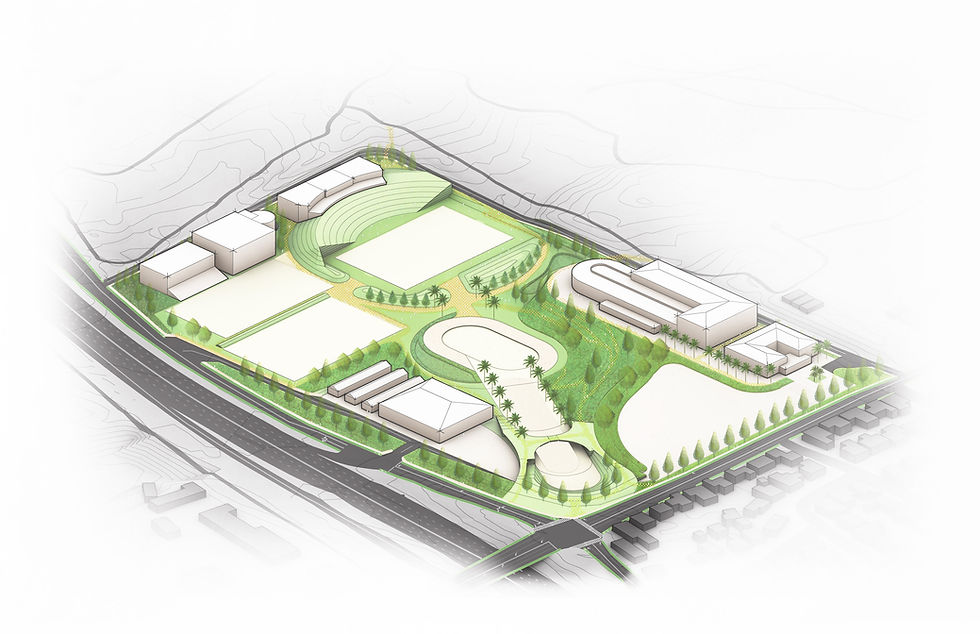Back to Work: Will Permission Equate to Adoption?
- M.R. Miller, FAIA
- Jan 30, 2021
- 2 min read
Updated: Oct 1, 2022
In some form, non-essential people are going back to workplaces that were recently closed. It’s inevitable, and for many necessary. Workplaces are not only needed to protect jobs and save companies, but also possibly for an employee’s mental and social well-being.
Also, people actually like going to a work as a study of 1000 participants shows.
The C-19 era has now changed how we work and will fundamentally change the way we work going forward. On the bright side, we have learned that we can work outside offices successfully. We have discovered different tools and technologies to connect us with colleagues, clients and customers.
We also know that traveling to/from work can make us sick. Being at an office with colleagues can make us sick, dealing with our customers and clients can make us sick – and for the most part we cannot see that illness coming. Staying at home indoors for long periods of time also presents health issues and it will be a long time before this concern is overcome, vaccine or not.
What we know:
There is potential to return to work in manner significantly less haphazard, inefficient and damaging as much of the shutdown process
There is no need to sacrifice health and long-term productivity in exchange for political expediency
Prior results indicate thoughtful planning and strategies and will improve the ability to secure effective results that establish healthy workplaces that build team confidence and trust
At MKThink, we commit to organizations that care about their people, and as they care, they seek knowledge as to how their built places support their people and then apply that knowledge to improve their leadership decisions.
To fulfill this commitment, we have established an outline process to enable organizations to evaluate, plan, improve and then operate healthy, happy and productive workplace experiences.
Back to Work Process

This focus is at the intersection of Architecture, Environment and the Impact on and of Human Factors.
The process begins with Discovery through quantitative and qualitative inputs for six (6) streams of requirement and requests:
Organizational objectives
User needs
Functional activities
Cultural conditions
Operational conditions
Scheduling
These data streams are assessed for calibration, relative value, temporal conditions and other factors. The assessment produces findings that for the basis for the strategic planning. This planning explores options based on variation of organizational valuation and priorities. They are conceptual studies based on fact.
With a preferred strategic direction confirmed and documented, we highly recommend a real situational Test of the plan prior to full scale strategic implementation.




Comments